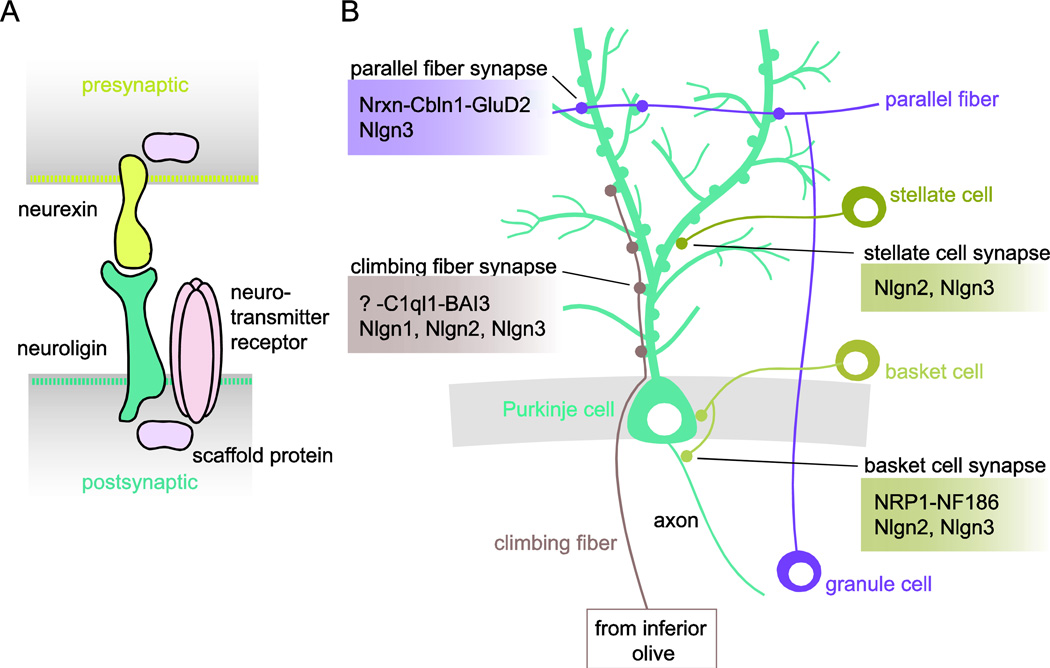Figure 1. Genetic dissection of Purkinje cell connectivity in the cerebellum.
(A) Presynaptic neurexin molecules bind to postsynaptic neuroligin molecules to form a trans-synaptic adhesive complex that organizes the pre- and postsynaptic machinery by recruiting scaffolding proteins and neurotransmitter receptors. (B) Purkinje cells (PCs) receive excitatory input from climbing fibers (CFs) originating from the inferior olivary nucleus and from parallel fibers (PFs) originating from cerebellar granule cells. Local interneurons, stellate and basket cells, provide inhibitory input. At excitatory PF-PC synapses, Cbln1 is secreted from PFs and forms a tri-partite complex with presynaptic neurexin (Nrxn) isoforms and the postsynaptic GluD2 neurotransmitter receptor to regulate synaptogenesis. Neuroligin-3 (Nlgn3) is not required for synapse formation, but is required for long-term depression of PF-PC synapses, although this is under debate. At excitatory CF-PC synapses, C1ql1 is secreted from CFs and binds the postsynaptic adhesion GPCR BAI3 to regulate CF synapse formation. Whether C1ql1 also binds a presynaptic receptor at CF-PC synapses to form a tri-partite complex remains to be determined. Nlgn1, Nlgn2, and Nlgn3 all contribute to the specification of CF-PC synapse functional properties. At inhibitory basket cell-PC synapses, Semaphorin 3A is secreted from PCs to attract basket cell axons via its receptor Neuropilin-1 (NRP1) on these axons. NRP1 then binds in trans to Neurofascin 186 (NF186), which is expressed in a gradient on the PC soma and the axon initial segment. Both Nlgn2 and Nlgn3 contribute to stellate/basket cell inhibitory synapse function.

